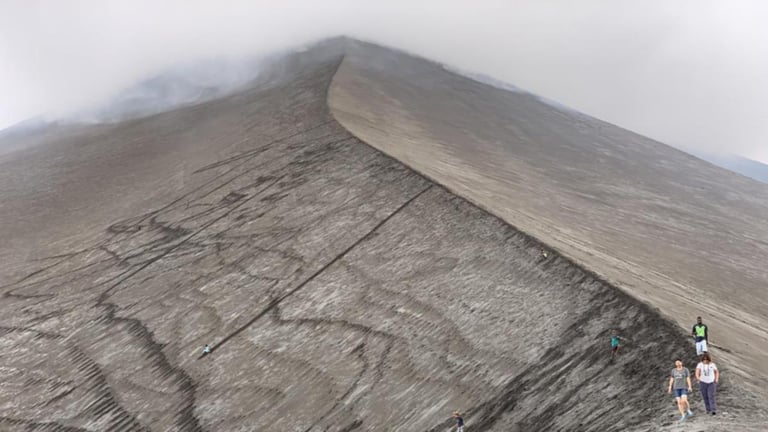Extinct Volcanoes: A Hidden Treasure Trove of Rare Earth Elements, Study Reveals
September 24, 2024
Recent research suggests that extinct volcanoes could be a significant source of rare earth elements, with lab experiments indicating that iron-rich magma in these formations is much more efficient at concentrating these elements compared to typical volcanic magma.
This research was inspired by the discovery of a major deposit of rare earth elements in Kiruna, Sweden, which raised questions about the geological factors that contribute to the presence of these valuable metals.
Rare earth elements, such as lanthanum, neodymium, and terbium, are essential for various technologies, including smartphones, electric vehicles, and renewable energy systems like wind turbines.
However, the mining of these elements is fraught with environmental issues, including pollution from toxic chemicals and human rights abuses in the supply chain.
Australia is well-positioned to leverage its rare earth resources, particularly from locations like Mount Weld, Dubbo, and Alice Springs, to become a key player in the clean energy sector.
Experts are advocating for increased recycling of rare earth elements from discarded electronics as a sustainable alternative to traditional mining practices.
The study's approach of simulating volcanic conditions in the lab may assist geologists in locating economically viable rare earth deposits in other iron-rich volcanoes.
The study, led by researchers from Australian National University and the University of the Chinese Academy of Sciences, found that iron-rich magma can concentrate rare earth elements up to 200 times more effectively than magma from active volcanoes.
Investigations at the Kiruna volcano revealed unexpected concentrations of rare earth elements during iron ore mining operations, highlighting the potential of similar extinct volcanoes.
Currently, the production of rare earth elements is heavily concentrated in a few countries, with China being the largest producer, followed by significant deposits in Sweden and Australia.
As the global demand for rare earth elements is projected to increase fivefold by 2030, driven by the transition to renewable energy and cleaner technologies, the significance of these findings becomes even more pronounced.
Additionally, reprocessing mine waste from existing operations could yield critical metals while minimizing environmental disruption.
Summary based on 5 sources
Get a daily email with more Science stories
Sources

Popular Science • Sep 24, 2024
Extinct volcanoes could hold rare earth elements
Phys.org • Sep 24, 2024
Extinct volcanoes a 'rich' source of rare earth elements, research suggests
ScienceAlert • Sep 25, 2024
Rare Earth Metals Found in Extinct Volcanoes Could Power The Future